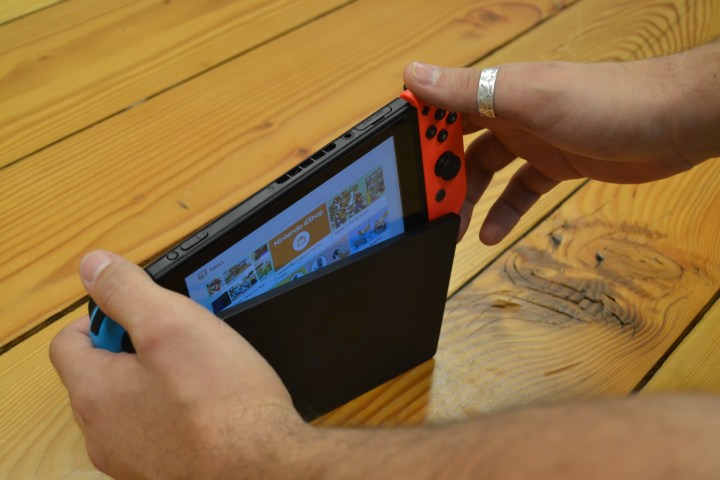The Nintendo Switch is one of the most popular consoles on the market (and one of the consoles that is going to be on sale during Black Friday thanks to Nintendo Switch deals)– with great exclusive Switch games like Super Mario Odyssey and Splatoon 2 — but that doesn’t mean it’s immune to technical problems.
From relatively minor cosmetic damage that can largely be ignored to serious issues that have rendered players’ systems useless, we’ve compiled a list of the most common problems that have befallen Switch owners. When applicable, we’ve also included possible solutions, though we must stress that anything involving taking apart a piece of your console could potentially make the problems worse or void your warranty. If you’ve encountered a problem, follow our guide below and we’ll have you playing your favorite Nintendo Switch games again in no time.
Getting in touch with Nintendo
| Method | Contact |
| Support phone | 1-800-255-3700, press “1” after being connected |
| Repair phone | 1-855-615-7224, if system has been physically damaged |
| Online Repair Tool | Website |
| Forums | Website |
The dock scratches the screen
Moving the Nintendo Switch from its portable configuration into the dock is a process that takes only seconds. If you don’t put the console in perfectly straight, however, it’s quite easy for the dock to leave permanent damage on the outside of your screen. The damage seems to be caused by two pieces of plastic protruding inside the dock, which will make contact with the outside bezel of the Switch at either end of the console when it’s dropped into place.
A Nintendo Switch screen protector is a must-have accessory, as any damage done by the dock will be to the removable protector and not the console itself. However, early, flexible screen protector kits released for the system, including the “official” PDP product, were cut incorrectly, causing bubbles. Tempered glass covers shouldn’t suffer from this problem. It’s advised to wait about 24 hours before docking your system after using a tempered glass protector, however, as the adhesive could melt if not allowed to set.
In the meantime, users have taped microfiber cloths to the inside of the dock to cover up the two plastic protrusions, as well as small foam pads that cover the dock’s internal nubs. If you can stand spending $8 on something that you’ll remove in a few weeks once your tempered glass protector arrives, you might still want to temporarily install one of the plastic ones.
Should you want your Switch to be protected inside the dock and look absolutely adorable, there is another option that will eliminate the need to use a screen protector altogether, assuming you won’t be traveling with the system. Etsy user TinckoyMakesitSew sells several Switch dock cozies, with themes like Mario, Zelda, classic Nintendo Entertainment System, and Pokémon, as well as several solid colors.
Provided that you have a little extra room for the Switch to sit on your shelf, a slightly more complicated option involves leaving the Switch out of the dock entirely. By connecting an additional USB-C cable to both the dock and the Switch — and placing the Switch on a separate stand so its vents have enough room — the console can still project its image to a television and draw power as if it were sitting in the dock directly. It’s an imperfect solution that could lead to some disconnections, so we recommend experimenting with several cables in order to get a tight fit.
The Joy-Cons disconnect for no reason
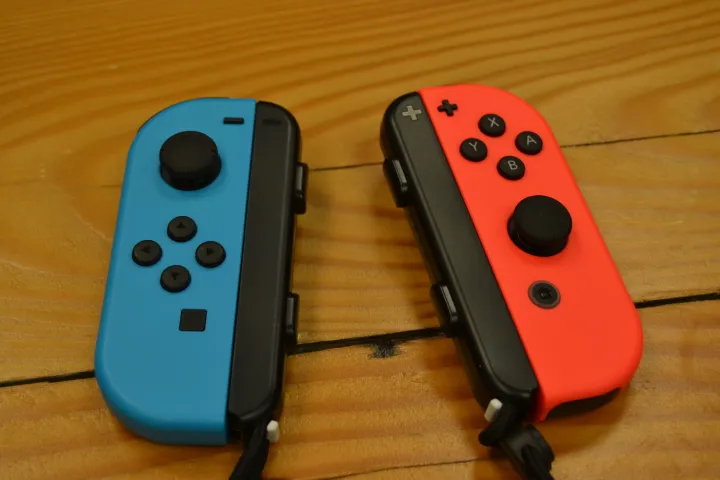
The most notorious of the Nintendo Switch’s issues thus far, disconnecting left Joy-Con controller, appears to be a fairly widespread problem. The Joy-Con can disconnect with the console, seemingly at random, which can be extra frustrating if it leads to being killed during a good run in Breath of the Wild. Squeezing the controller, placing it behind one’s back, and covering the front of it with a hand all appear to exacerbate the problem.
According to multiple reports and user teardowns, the problem appears to stem from Nintendo’s decision to put the left controller’s Bluetooth antenna inside the circuit board, rather than using a discrete component, which could be positioned optimally.
Nintendo hasn’t publicized it, but the manufacturer seems to have created a passable DIY hack for early adopters. After sending in a faulty Joy-Con to be repaired by Nintendo, CNET’s Sean Hollister discovered that a small piece of conductive foam was placed over the controller’s internal antenna. It seems too easy, but the simple addition reportedly fixed the controller’s synchronization problem.
Conductive foam, which helps to protect against interference, is relatively inexpensive, especially compared to the cost of a replacement Joy-Con controller. You only need a tiny square of the foam for the fix, so you can easily open up several Joy-Con controllers and apply the foam without having to buy more. Alternatively, you can contact Nintendo and send in the controller for repair. This issue has supposedly been resolved in later iterations of the Switch and Joy-Con controllers; however, those with the original version of the console could still experience some issues.
The console bends over time

After leaving your Nintendo Switch running in its dock for an extended period of time, you may find that the system has actually warped or bent very slightly backward on one side. If the problem is severe enough, you could even encounter trouble attempting to remove it from or place it in the dock again.
To test whether or not your Switch has warped, take off both Joy-Con controllers and place the system screen-side down on a completely flat table. If it has warped at all, you will be able to rock it back and forth.
This particular issue doesn’t necessarily have any negative effect on your play experience, and we’ve seen some users report their Switch systems were slightly uneven out of the box. However, if the issue is bothering you, Nintendo is accepting the console for repairs.
The console’s casing cracks
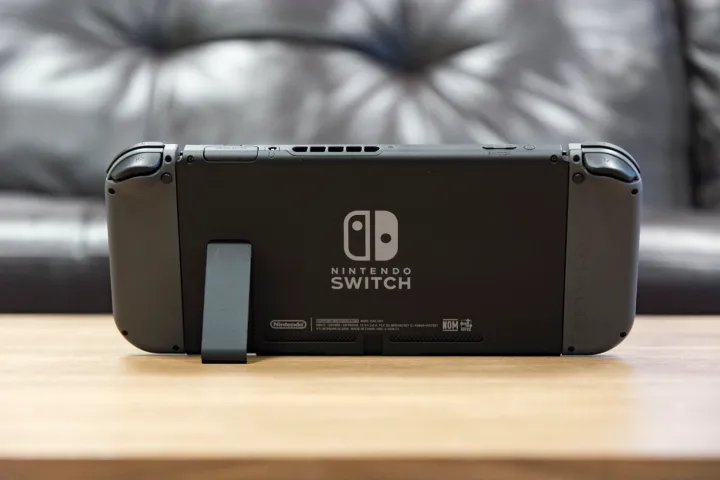
It isn’t as widespread as some of the other issues users have faced with the Switch, but a number of people have still reported finding small cracks on the top of the console’s casing. Typically, the cracks are found near the game card slot or in the bars going across the top vents.
It isn’t clear what causes the cracks to form, but some of those affected claim that they have not treated their system particularly roughly, so it’s possible the issue is linked to the warping problems other users have encountered. If you’re traveling with the Switch in a backpack or purse, we suggest putting it into a sturdy carrying case, as well, as the plastic is remarkably soft for a portable system.
If cracks have formed in your Switch’s casing, your only real option will be to either live with it or, if it has grown worse or spread to other areas of the console, send it to Nintendo for repairs.
The screen randomly freezes, or flashes
In addition to controller issues and problems related to the physical construction of the Nintendo Switch and its dock, a number of users have also experienced screen freezes, as well as horrible Switch seizures that cause the system to blare a high pitched squeal while lights flash faster than an ecstasy-fueled rave. Some users have also experienced temporary freezes that result in games like The Legend of Zelda: Breath of the Wild crashing, potentially losing their progress.
The only short-term solution that has worked thus far has been to do a “hard reset” of the Switch — holding down the power button for 15 seconds until it completely shuts down, then turning it back on. Though this fixes the issue briefly, affected Switch owners have claimed the issue returns shortly afterward and won’t even be fixed with a factory reset of the system.
Nintendo’s consoles carry a one-year warranty, and we would advise not wasting your time with do-it-yourself fixes for a problem this severe. Instead, contact the company to get a replacement unit sent out as quickly as possible. After spending $300 on a system in addition to games and accessories, you deserve to have it work as intended.
The screen has dead pixels

Dead pixels are annoying on any device, especially portable screens, where they tend to be the focus of all your attention, mocking you for wanting a screen free of imperfections. In the Nintendo Switch’s case, it only works to harm your immersion, but it’s also the only major issue thus far that cannot currently be solved.
Nintendo, on its support website, describes dead pixels as “a characteristic of LCD screens” and says that they should “not be considered a defect.” That means Nintendo will not be fixing them through warranty claims and that you could be stuck with your defective screen — and it is defective — for good.
As Eurogamer points out, however, the company did fix original DS systems over a decade ago that suffered from dead pixels, so it’s possible that Nintendo will reverse its stance at some point in the future.
The battery life is too short
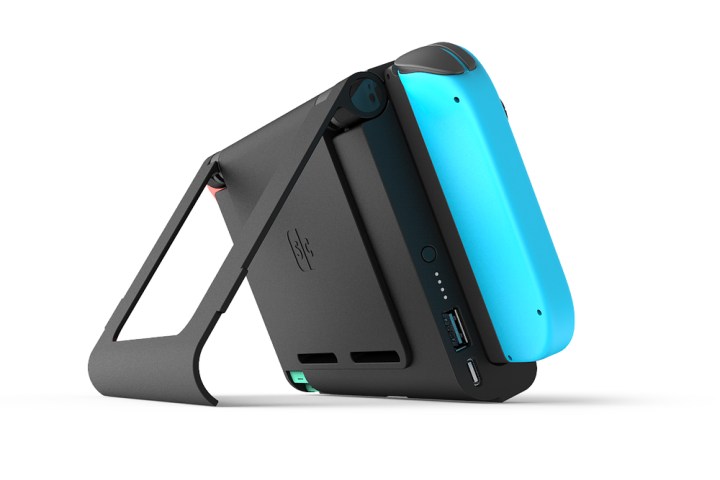
Due to the horsepower Nintendo has managed to pack into the tiny Switch console, you’ll likely notice the battery life is short when you play the most graphically impressive games. After just a couple hours of handheld play in a game like The Legend of Zelda: Breath of the Wild or Doom, the console will need to be recharged. As you likely have the AC adapter that came with your system hooked up to the dock, you either have to go behind your setup and remove it, let the Switch charge in the dock, or purchase a second AC adapter.
There is another option! Third-party accessories manufacturers have created their own Switch charging cases that allow you to play the system for more than twice as long as the standard battery would let you.
We’ve personally tested the SwitchCharge, which released in 2018 after a crowdfunding campaign. The charging case not only more than doubles the amount of time you can play the system on the go, but it also includes a much better kickstand and slots to hold two Switch cartridges. If you have a phone in need of a recharge, the SwitchCharge can even charge that, and you can recharge the case’s battery by plugging it into the Switch’s dock when not in use.
Another option is an external battery pack, like that you’d use for a smartphone or tablet. Be warned, however, that many batteries designed for smartphones don’t output enough juice to charge the Switch while you play it. You’ll see best results from battery packs that can dish out at least 18 watts of power. These packs use a USB Type-C standard called USB Type C with USB Power Delivery, or USB-PD. You’ll also need to keep this in mind when shopping for a backup or portable AC adapter.
The Joy-Con controllers drift
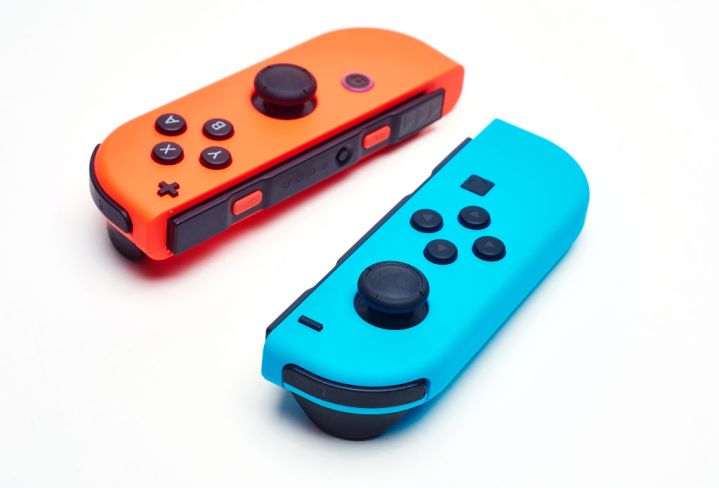
More than two years into the console’s lifespan, an issue has begun popping up with surprising regularity: Joy-Con “drift.” The issue occurs in the controllers’ analog sticks, which register movement when they are not being used — it’s an issue typically seen on worn controllers across various consoles, but it prevalence on the Switch is nearly unprecedented.
Until now, if your controllers started to act up, you’d have to try and fix it yourself, pay Nintendo to fix them, or replace them by buying entirely new controllers. However, Nintendo will reportedly repair Joy-Cons for free if you’re suffering from the issue.
Contact the Nintendo team using the information we listed in the table at the beginning of this article. If all goes well, you should be able to obtain replacement Joy-Cons without any problems. If you’re someone who has gone through the repair process previously for your Joy-Cons, it should be relatively easy for you to request a full refund from Nintendo.
Error Code 2801-7180, issues posting images to Facebook

One of the best parts about playing Switch games is how simply you can share your successes and accomplishments on your social media pages. Regrettably, a Facebook error often prevents direct posts from the Switch platform, creating a problematic host for sharing through this method. This error is known through the designation Error Code 2801-7180, and it has left far too many Switch users exasperated for months now while the Switch team works to find a solution.
Nintendo has not solved this error just yet, leaving users waiting patiently (or not so much) for the issue to get the necessary fix. We suggest keeping a close eye on the Nintendo server status page that provides daily announcements on all identified dilemmas. This is where they will post the solution once they figure it out. Since this is an issue between Nintendo and Facebook, this is one obstacle that you can’t solve on your own.
Editors' Recommendations
- Nintendo Switch 2: release date rumors, features we want, and more
- The most common Xbox Series S problems and how to fix them
- Best Nintendo Switch deals: consoles, games, and accessories
- The most common Xbox Series X problems and how to fix them
- Nintendo Switch Game Vouchers: how they work and eligible games

